
Expo glimpses the future of science

Imagine a world where diseases are cured by stem cells and miniature robots clean out blood vessels and arteries.
Welcome to the Biopolis exhibition at the national exhibition, Expo.02, in Neuchâtel, where you can get a glimpse of what medicine will be like in the future.
“I think people leaving this pavilion should be aware of what could be realistically possible in 2022,” said Romeo Paioni, head of scientific and external affairs at the Swiss pharmaceutical giant, Novartis, which sponsored the pavilion.
Critics have described the Biopolis as little more than an expensive advertisement for the wonders of biotechnology, but the organisers say it reveals how the most important scientific, social and environmental trends of today are likely to evolve over the next two decades.
Intelligent space
The three huge rooftops of the Neuchâtel arteplage resemble UFOs. Under them, the frontiers between the natural and the artificial are blurred.
Ada is an “intelligent” space, which can hear, see and feel, and works rather like the human nervous system.
She tries to make contact with visitors, to recognise them and distinguish between them. She wants her guests to play with her – using light, sound and movement.
“This room can sense us with the different sensors that she has,” said project leader, Paul Vershure, of Zurich University’s neuroinformatics department. “She can react to us in this language of sound and music. We are in a room that actually believes it’s an organism that wants to play with us.”
Other futuristic technologies are brought to life in the robotics pavilion where the guides are robots, who lead visitors through the exhibition.
Plunder
We inhabit our planet but we also plunder it – that’s the message of the federal pavilion at Neuchâtel, the Palais de l’Equilibre, which focuses on sustainable development.
The building is a huge, 27-metre tall sphere made entirely of spruce and fir wood from the forests of western Switzerland. The outer shell of laminated wood is made of recycled elements from the Swiss pavilion at the 2000 world fair in Hanover.
Inside visitors learn what they can do to help protect the environment.
At the Beaufort 12 exhibition on natural catastrophes, you can literally stand in the eye of a storm by entering the storm simulator and being hit by a gale-force wind.
Hurricane Lothar which swept through Switzerland in December 1999 was a spectacular example of the type of catastrophes which this exhibition seeks to address.
Objects found after natural disasters are displayed alongside pictures and interviews with victims. An artificial landscape shows the ravages of storms, fires and landslides.
Orchestra of energy
The unbridled energy of water in an artificial waterfall and an orchestra of household appliances swinging to the sounds of shavers and toasters are two of the attractions at the Magic of Energy pavilion.
“It’s the transformation of energy because energy cannot be produced, it can only be transformed from one state to the other,” said director, Xavier Bellprat.
Meanwhile, at Cyberhelvetia in Biel you can explore how the real and virtual worlds merge.
And a curious footnote to history is displayed at Murten – the unrestored shell of the world’s first tourist submarine, the Auguste Piccard Mésoscaphe.
The Mésoscaphe was one of the main attractions at the last Expo in 1964, when more than 33,000 visitors were taken down into the depths of Lake Geneva. It’s designed to show that even the most modern technology quickly becomes antiquated.
If man and his relationship with nature is the theme in Neuchâtel, me and my body, my perceptions and my desires are all the rage in Yverdon.
Here, Expo is clearly not all about pleasure. There’s no avoiding physical discomfort at Signalpain, which explores our behaviour and reaction in the presence of pain.
by Vincent Landon

In compliance with the JTI standards
More: SWI swissinfo.ch certified by the Journalism Trust Initiative










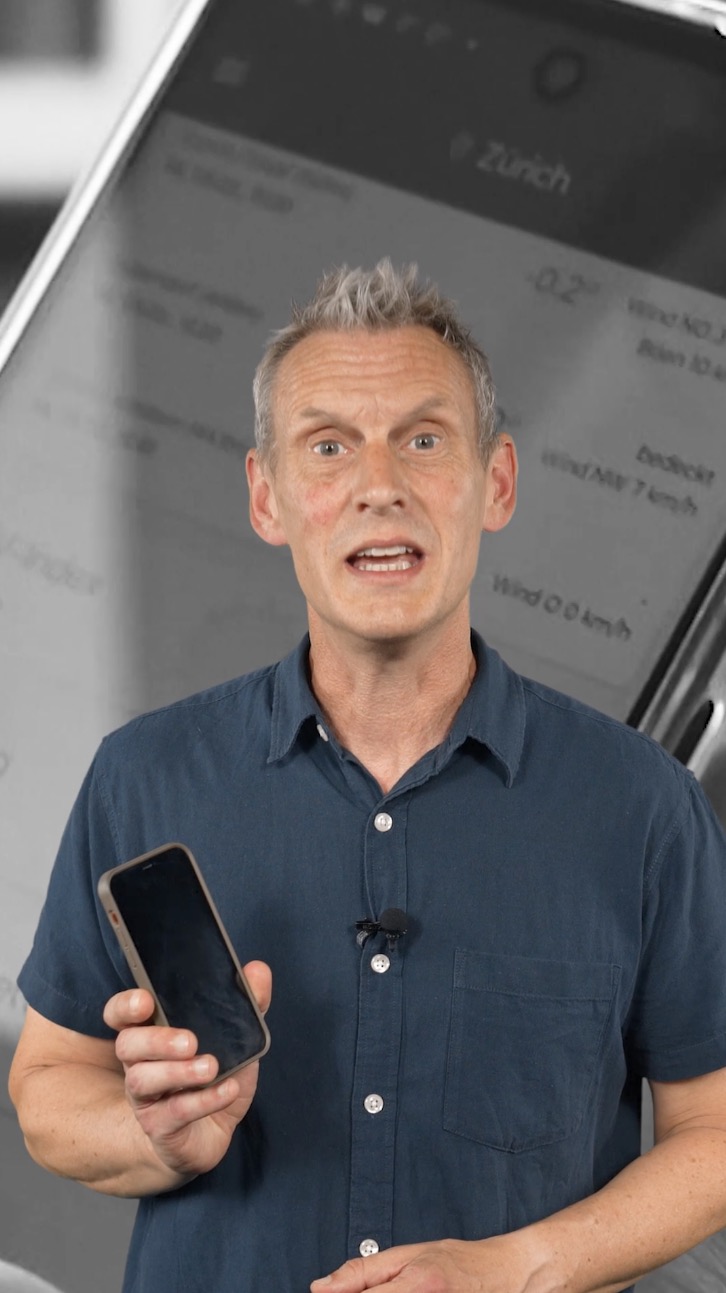
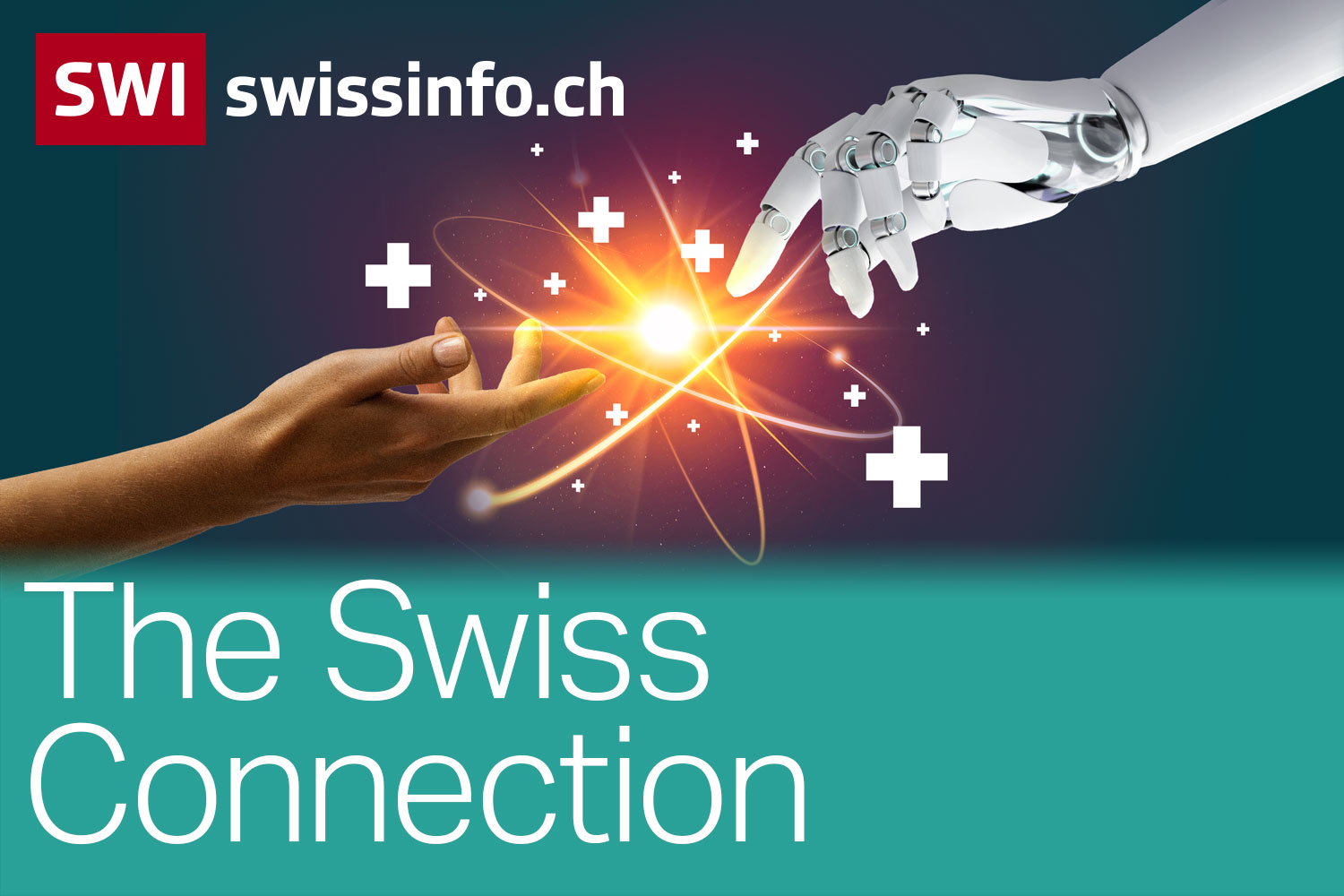










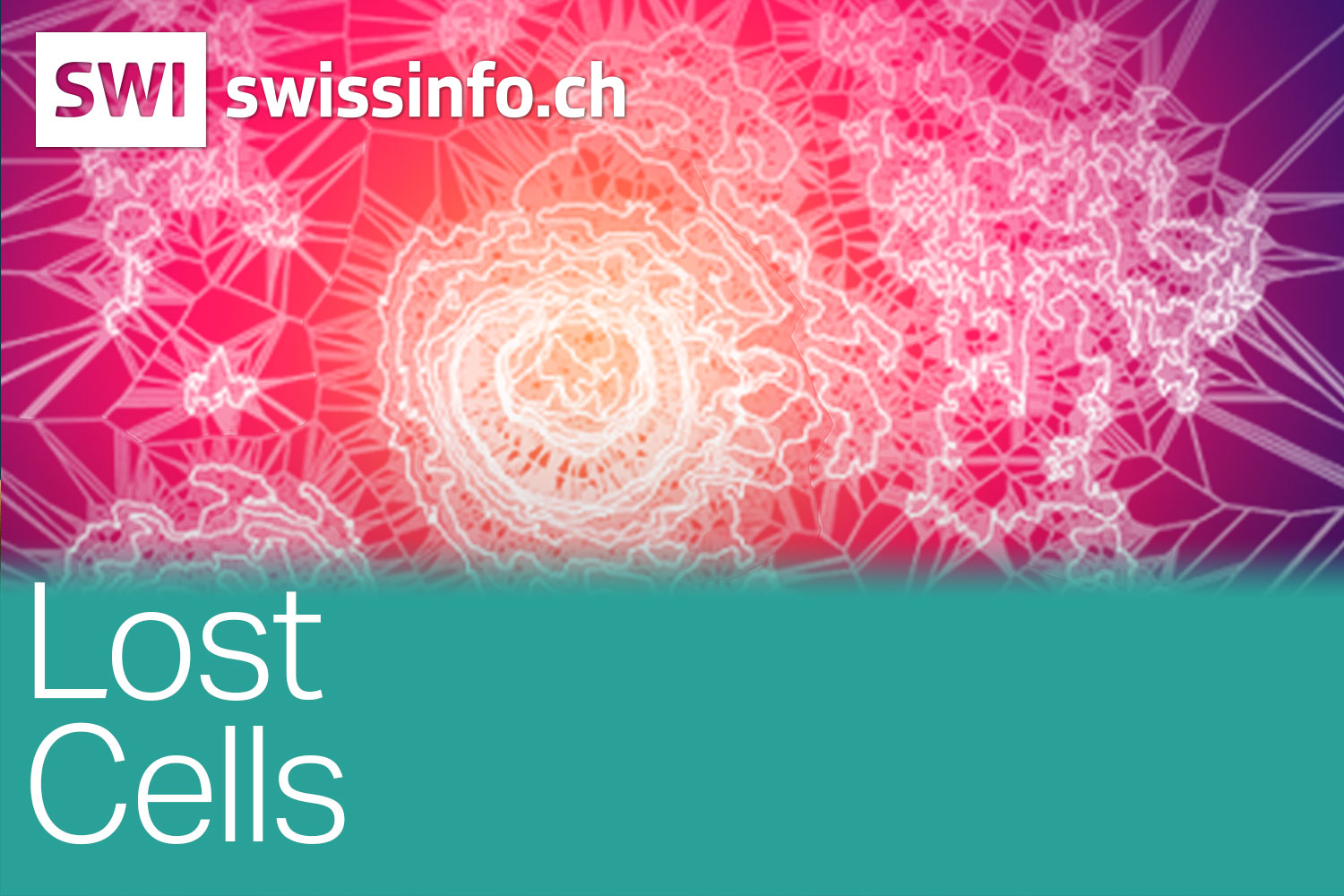



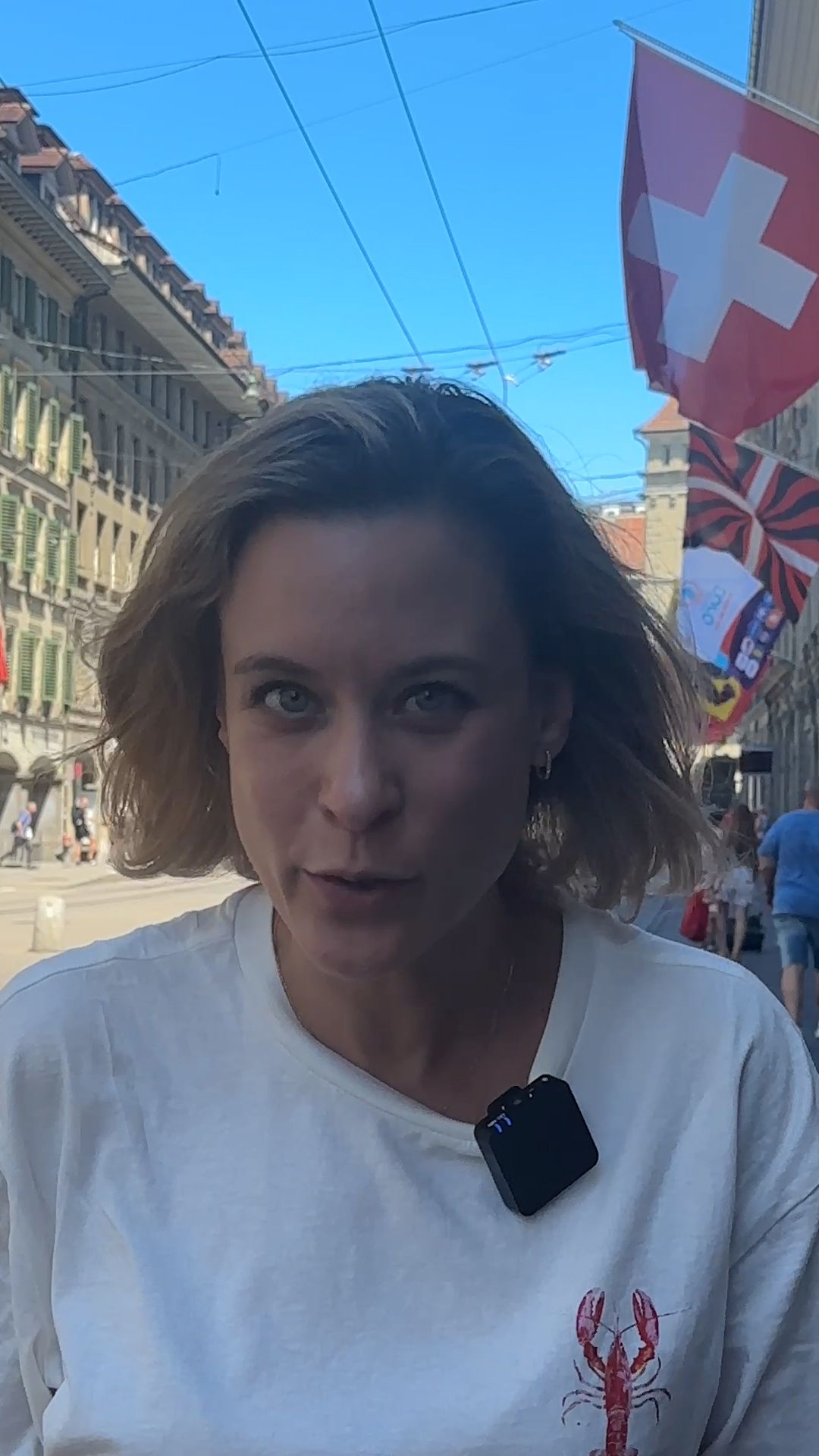

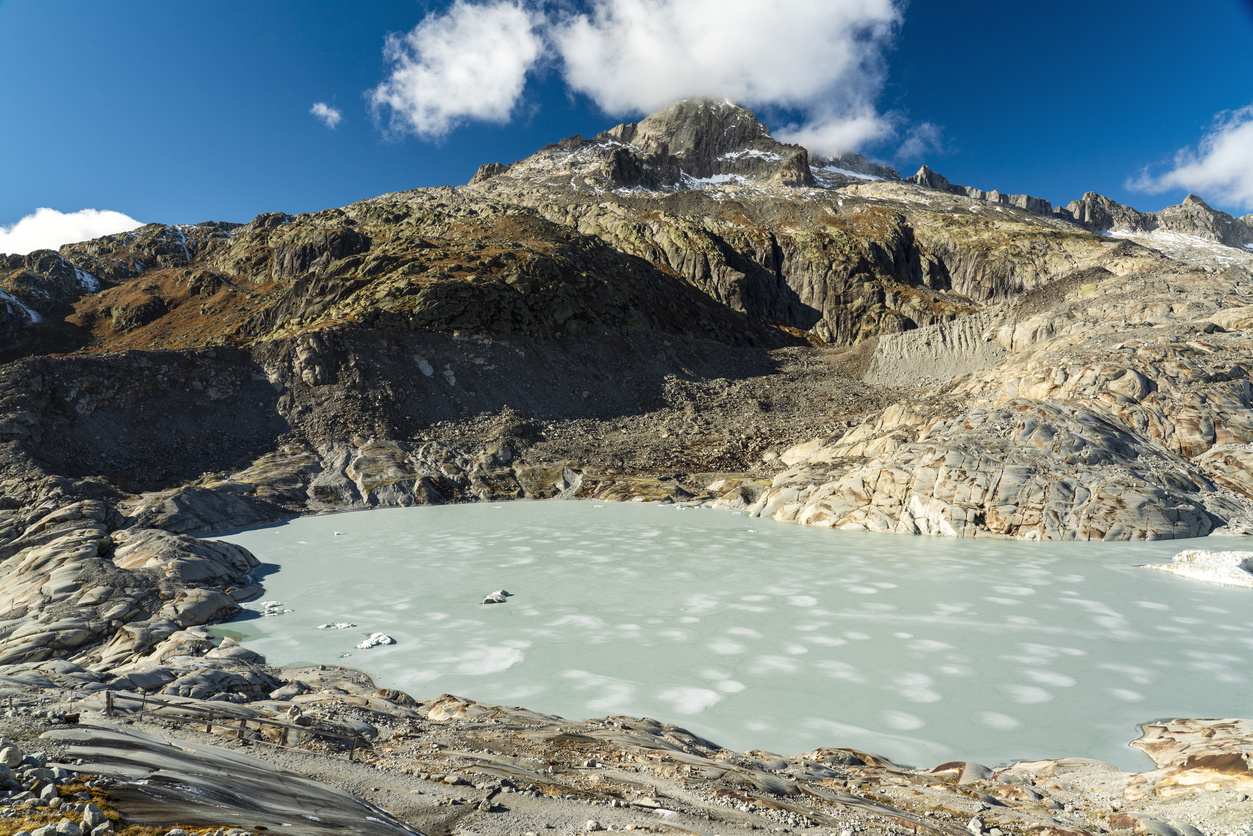
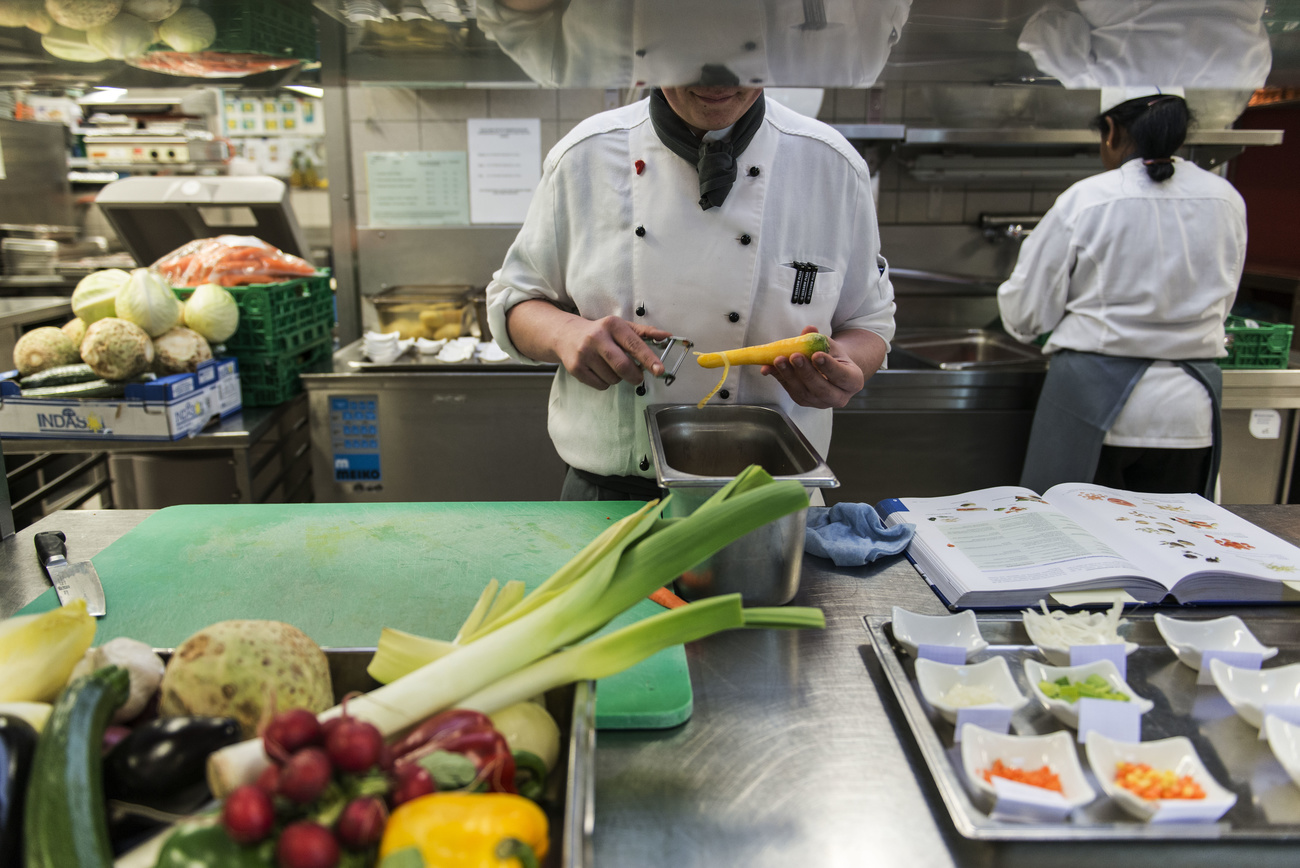
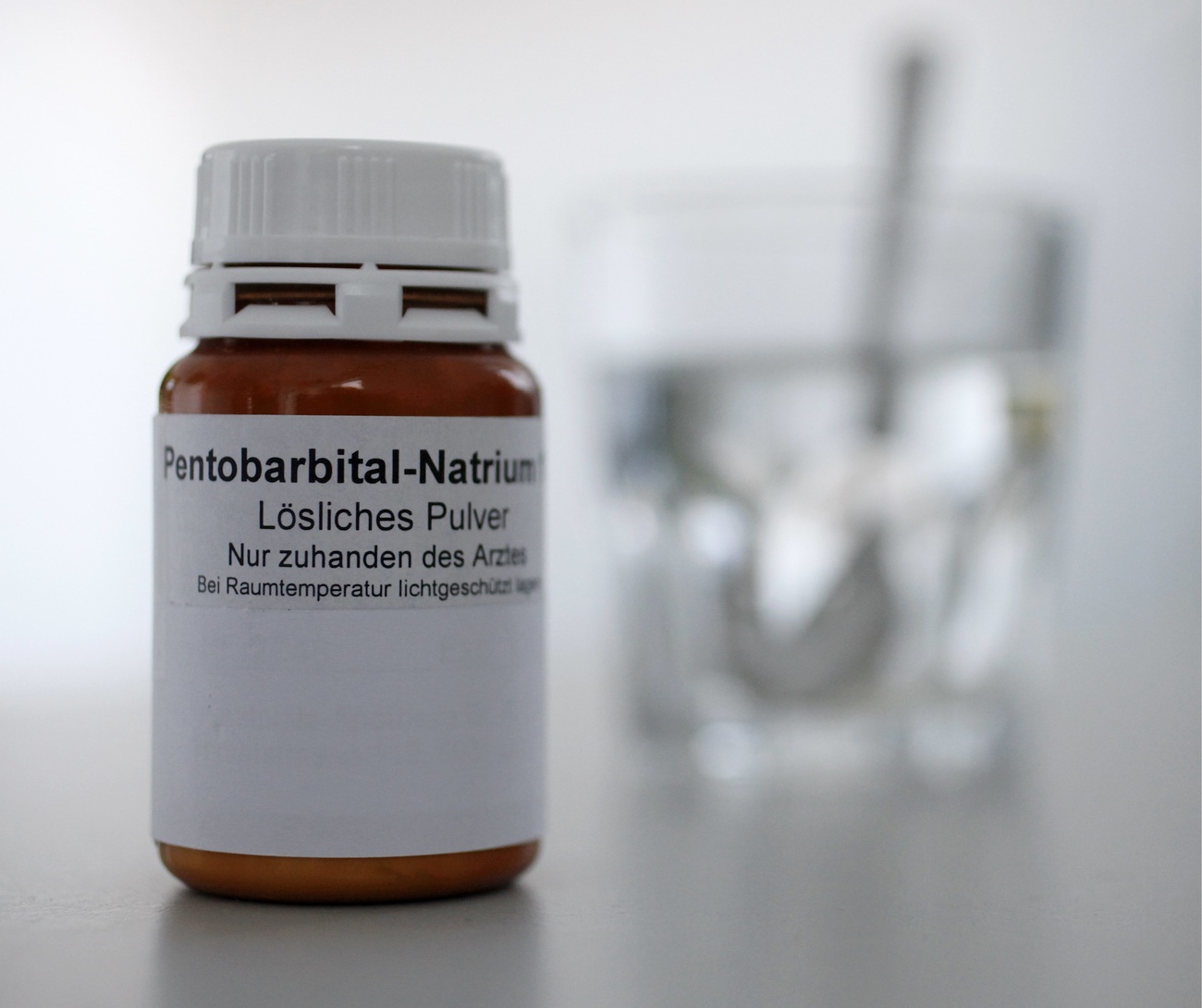
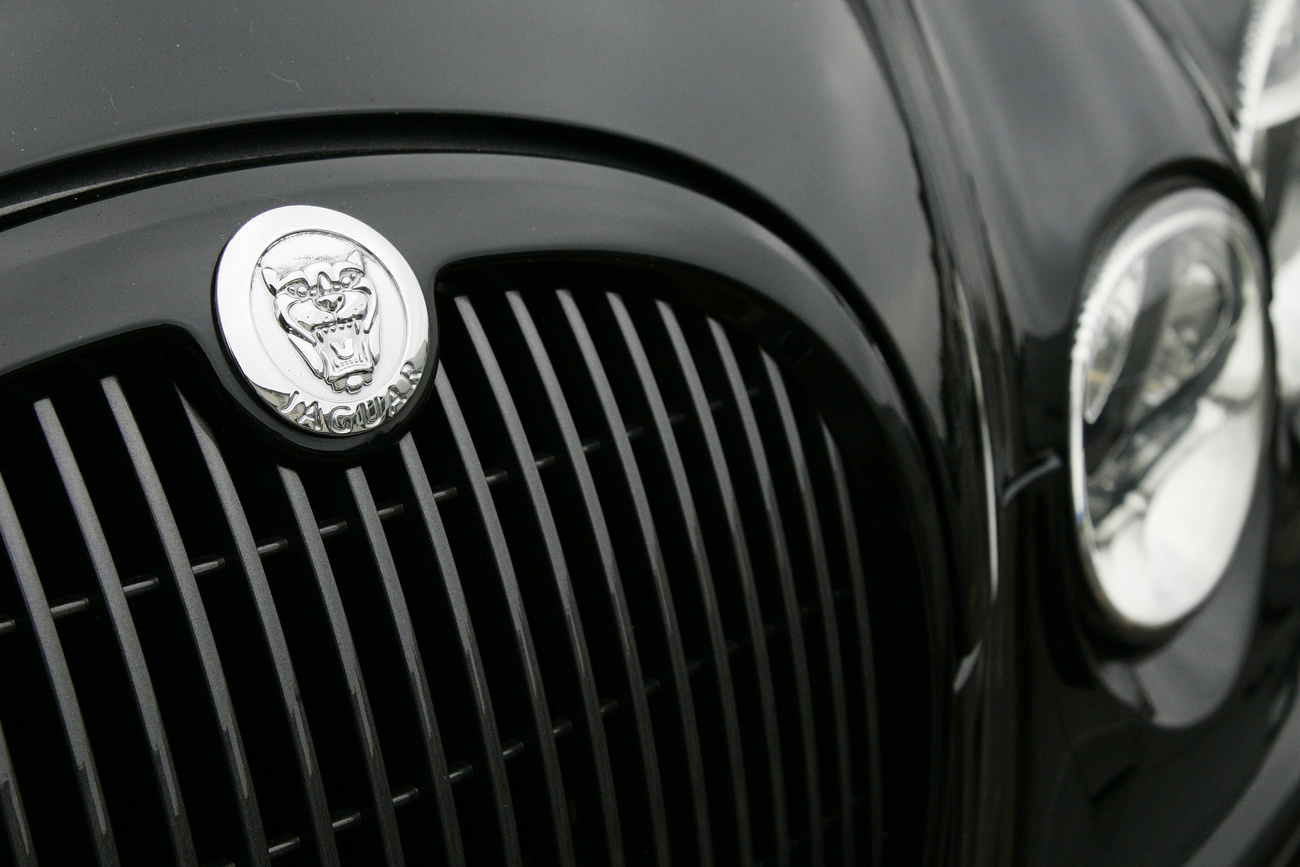

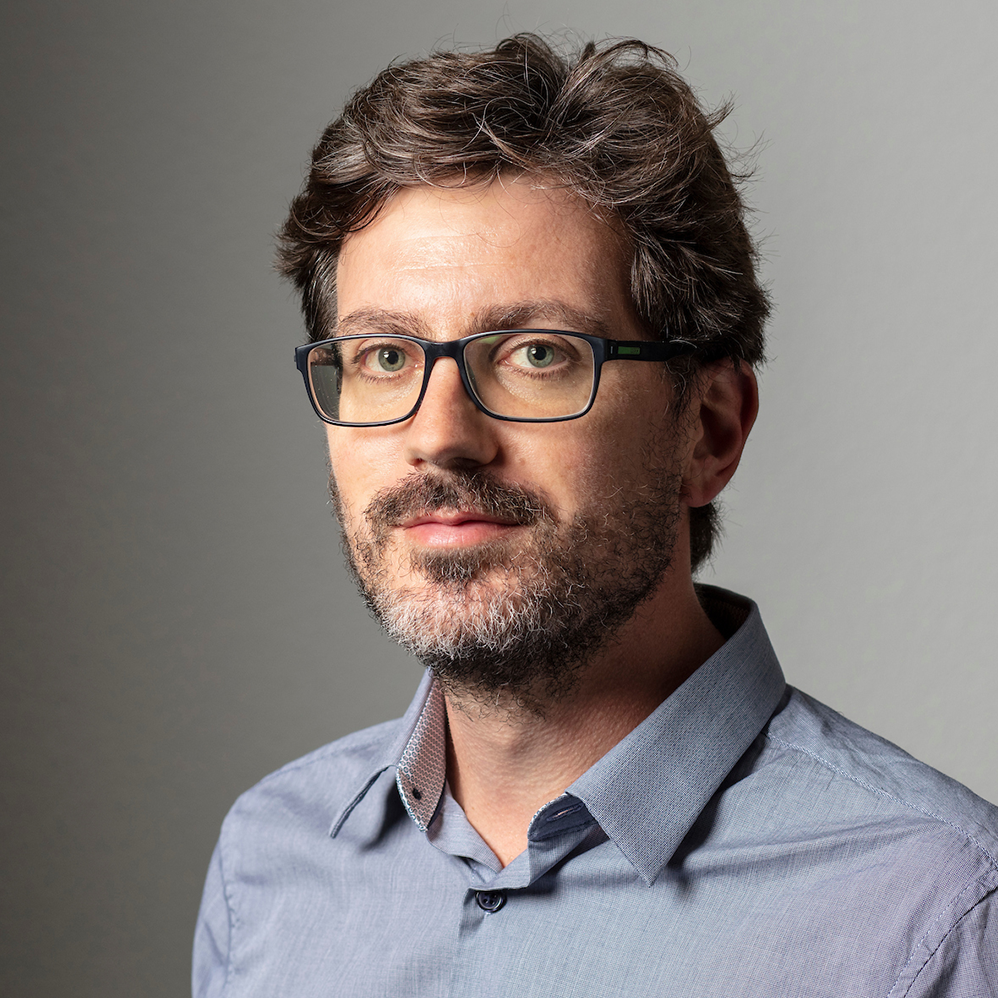

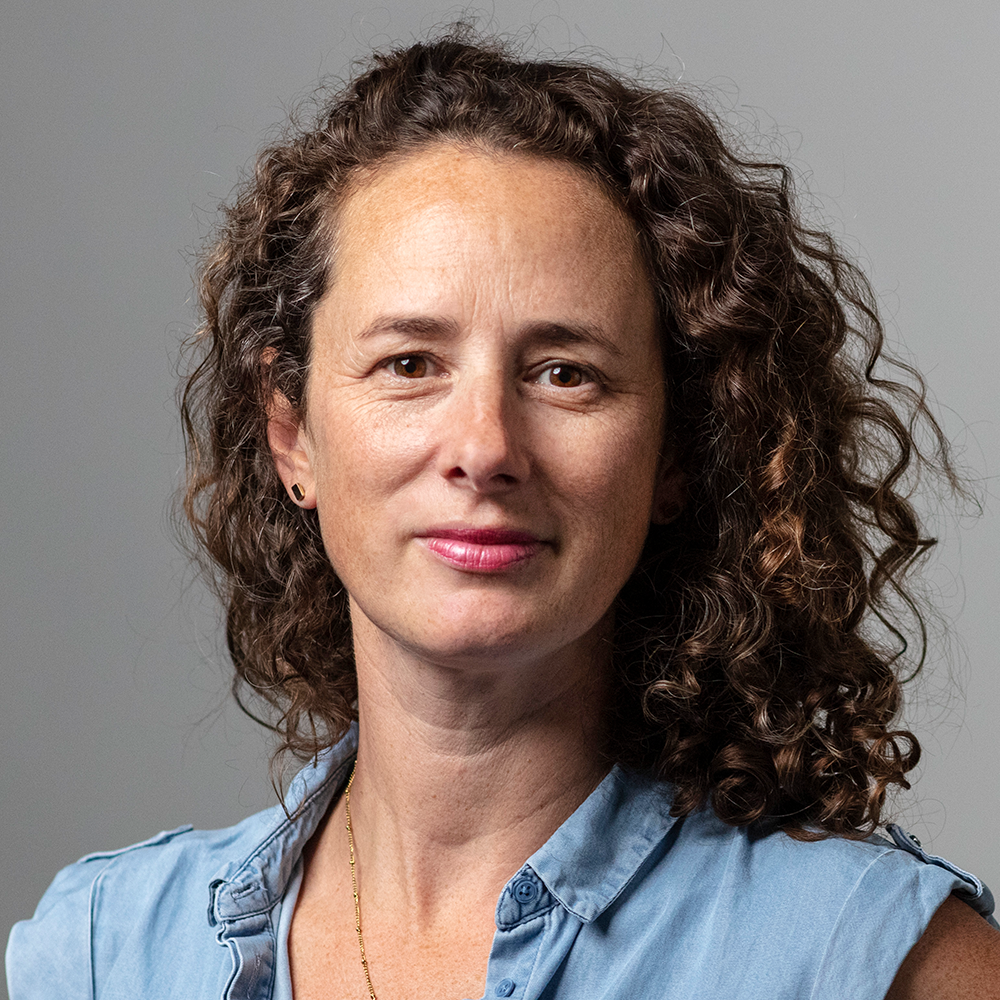
You can find an overview of ongoing debates with our journalists here . Please join us!
If you want to start a conversation about a topic raised in this article or want to report factual errors, email us at english@swissinfo.ch.